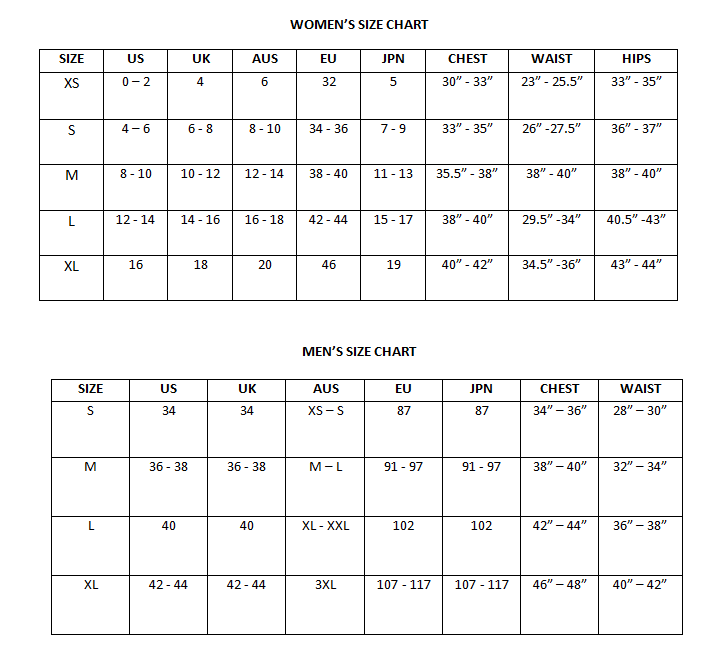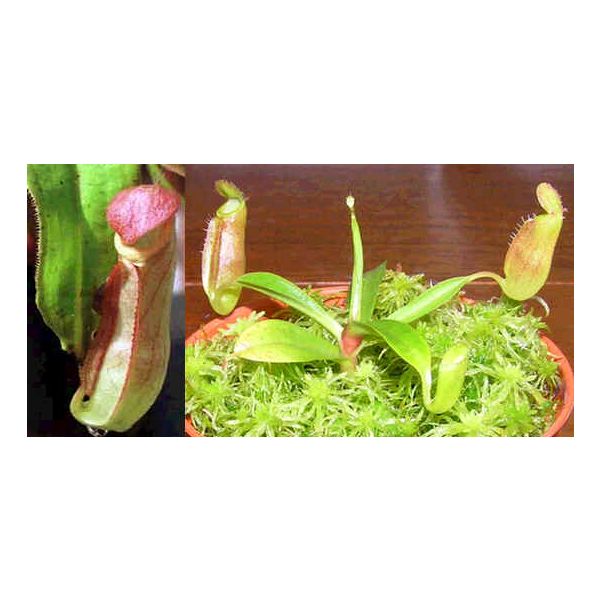Nepenthes Mirabilis Seeds (Lowland Nepenthes Seeds)
Nepenthes Mirabilis Seeds (Lowland Nepenthes Seeds)
The traps start out at first as a small swelling, but quickly expand to their full size over the course of several weeks.

Delivery
All orders shipped with UPS Express.
Always free shipping for orders over US $250.
All orders are shipped with a UPS tracking number.
Returns
Items returned within 14 days of their original shipment date in same as new condition will be eligible for a full refund or store credit.
Refunds will be charged back to the original form of payment used for purchase.
Customer is responsible for shipping charges when making returns and shipping/handling fees of original purchase is non-refundable.
All sale items are final purchases.
Help
Give us a shout if you have any other questions and/or concerns.
Email: contact@domain.com
Phone: +1 (23) 456 789
Availability: Out of stock
SKU
Nepenthes Mirabilis
This Nepenthes mirabilis comes from North Queensland, Australia and grows in wet, open areas, especially swamps. Nepenthes mirabilis is the most widespread Nepenthes species, being found in Northern Australia, Indonesia, Thailand, Hong Kong and Singapore. It is found at low altitudes, growing below 1500 meters. Tropical pitcher plants generally grow as vines, climbing over other plants, and may grow as epiphytes, growing on other plants in the forest canopy, or as low shrubs. That plant grows well as a hanging basket plant inside the home, in a hot greenhouse or in a terrarium in your home.
The leaves are long and lance-shaped, 10-25 cm long and 4-8 cm wide, growing in a rosette fashion from a central climbing stem and terminated with a tendril. The tendril is used both to support the plant as it climbs up through the undergrowth and the trap itself which forms from it.
The traps start out at first as a small swelling, but quickly expand to their full size over the course of several weeks. The pitchers can reach 15 cm high and 4 cm wide. The lid opens to reveal digestive fluids in the bottom of the trap. Prey is attracted by the gaudy colours and nectar produced by the trap, under the lid, which does not close and around the rim. The pitchers of Nepenthes species have a smooth lining. Insects and other small animals that are attracted to the pitchers cannot maintain a grip on this slippery surface and fall into the pitcher. Once they move their way inside, they lose their footing and slip into the nectar. The nectar is also quite intoxicating. The lower section inside the trap is covered in digestive glands and these quickly dissolve the soft parts of the prey, leaving the remains to drop down to the bottom into the soup.
The plant has two types of traps, lower and upper. While in some species the upper and lower pitchers look similar, there are others where the two are so distinctly different that you would swear they are two different species. The upper pitchers are generally smaller than lower pitchers, often lacking wings, and attached to the tendril at the back. These upper pitcher tendrils, before forming a pitcher, will often curl around an object such as a branch, to give the climbing stem support. Nepenthes are dioecious, male and female flowers exist on different plants. If you have several plants, and a few are blooming, then you may be able to pollinate them.
Hardiness zone 10, (1øC/35øF) in Winter. Full sun is recommended for Nepenthes. Light will color the traps of a distinctive red mottling color on the tops of the pitchers. Growing Lowlands usually requires a hot house or a heated terrarium. It seems fine at 80øF. Short day periods and cool temperatures are the most dangerous for the plants. But, the Australian variant of Mirabilis are particularly tough, as they must survive in a harsh environment, which can see prolonged droughts, fires and cool temperatures.
Species of Nepenthes grow on soils that are poor in nutrients or on other plants where nutrients are not readily available. Plants, such as some Nepenthes, that grow on other plants, but do not take nutrients from the supporting plants, are referred to as epiphytes. In order to grow in places that are poor in nutrients, Nepenthes have adapted a carnivorous lifestyle, which supplements their intake of nitrogen and other nutrients. The soil needs to be light and airy. All the plants grew in a very wet acidic sandy soil. Use pure peat moss. You can also use a mix of equal parts of peat moss, perlite, vermiculite and long-fibred sphagnum moss.
The plants should be watered regularly but should not be left standing in water at any time. Try too keep them warm and humid but not stagnant and wet. Use rain water or distillated water, hard city water will kill your carnivorous plant. Lowlands and Highlands Nepenthes like high humidity, but more for lowlands, and watering should be done when the soil starts to look dry on the top.
| Label | Nepenthes mirabilis |
|---|---|
| Common name | Common Swamp Pitcher-Plant |
| Species | Nepenthes mirabilis |
| Germination | Nepenthes seeds should be started on chopped live sphagnum moss in very damp but not wet conditions. It is best to spray the sown seeds with a fungicide. Cover the top of the pot with clear plastic so the humidity will remain high, place them in an area with real nice strong light and keep the temperature around 32øC/90øF. When you see some tiny plants starting to sprout, slowly open the top of the pot, a little each day, so that the new seedlings don't go into shock from the humidity being lowered too quickly. Germination usually occurs in a few months, but it can take longer, sometimes nothing can happen for a year, don't give up. Make sure that it gets good air circulation. |
| Price View | Price Range |

